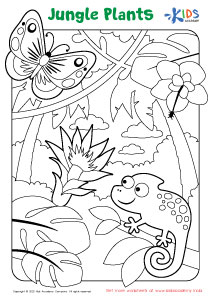Letter tracing skills Grade 3 Worksheets
3 filtered results
-
From - To
Enhance your Grade 3 students' writing proficiency with our engaging Letter Tracing Skills worksheets! Designed to boost fine motor skills, these worksheets provide an interactive and fun approach to letter formation. Each activity encourages children to trace both uppercase and lowercase letters, reinforcing their understanding of handwriting fundamentals. With colorful illustrations and captivating designs, these worksheets keep learners motivated while developing their writing confidence. Ideal for both in-class and at-home practice, our Letter Tracing worksheets help pave the way for a successful transition to independent writing. Explore our resources today and watch your students flourish in their writing journey!


Letter T Coloring Sheet


Letter C Tracing Page


Letter W Coloring Sheet
Letter tracing skills are vital for Grade 3 students as they lay the foundation for effective writing and overall literacy development. At this stage, children are transitioning from learning to write letters to crafting words and sentences, making proper letter formation crucial. By practicing tracing, students reinforce their fine motor skills, improving their hand-eye coordination, which is essential for writing fluency.
Letter tracing also enhances letter recognition, helping students become more proficient readers. As they trace, children learn to differentiate between similar-looking letters and develop a visual memory for their shapes. Additionally, incorporating tracing into lessons promotes proper letter formation and spacing, ensuring that writing is neat and legible.
Moreover, engaging in tracing activities fosters a sense of accomplishment and boosts confidence in young learners. As parents or teachers incorporate fun tracing exercises—such as themed worksheets or interactive digital activities—they can make learning enjoyable, encouraging students to practice more and solidifying their writing skills.
Ultimately, supporting letter tracing skills in Grade 3 is crucial for academic success in language arts and paves the way for effective communication in their future educational endeavors. Establishing these foundational skills now will serve them well in the years ahead.
 Assign to My Students
Assign to My Students















